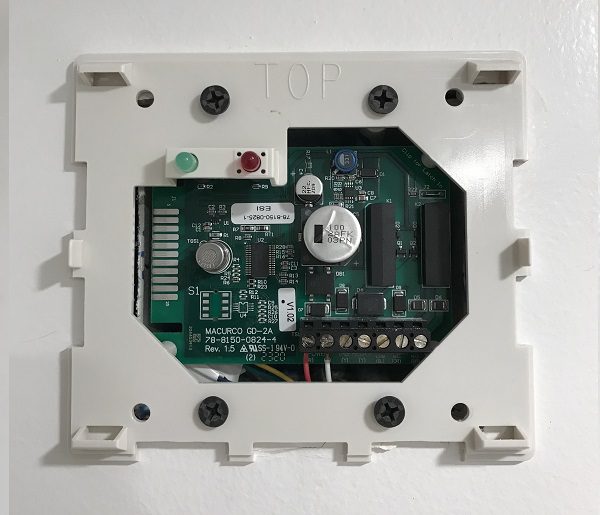Similar Posts

Transgression
Transgression Transgression: In geology, the term transgression is the formation of a specific sequence of sedimentary and metamorphic layers, that are the result of ocean water advancing onto land. To illustrate, when transgression occurs over millions of years, geologists find a layer of sand, overlain by shale, and overlain again by limestone. The opposite of…

Single Station Methane Gas Detector
Single Station Methane Gas Detector Single Station Methane Gas Detector: As per the Los Angeles Department of Building and Safety (LADBS) Methane Code, Ordinance Number 175790, a single station methane gas detector is a device consisting of electrical components that are capable of measuring methane soil gas concentrations indoors, and initiating an alarm. The single…

Sedimentary Rock
Sedimentary Rock Definition In geology, the term “Sedimentary Rock” refers to the classification of rock that is the result of the gradual consolidation and deposition of loose particles of other rock classifications (igneous or metamorphic). Alternatively, sedimentary rocks can also form by the accumulation and precipitation of other natural chemical solutions in a depositional environment….

Perched Ground Water
Perched Groundwater Perched Groundwater – In geology, “perched groundwater” refers to unconfined groundwater which separates from an underlying body of groundwater by an unsaturated zone or vadose zone.

Terrestrial Planet Definition
Terrestrial Planet Definition A terrestrial planet is any planet in the universe that has earth-like composition, such as rocks, and other similar solid substances. For instance, Mars is a terrestrial planet in our solar system, whereas Jupiter is not. This is because modern geologists, astrophysicists, and astronomers understand Mars to contain solid formations correlative to…

Dilatancy
Dilatancy “Dilatancy” is the increase in the bulk volume of a soil substance during deformation. Dilatancy is caused by the change from a close-pack structure to an open-pack structure.
